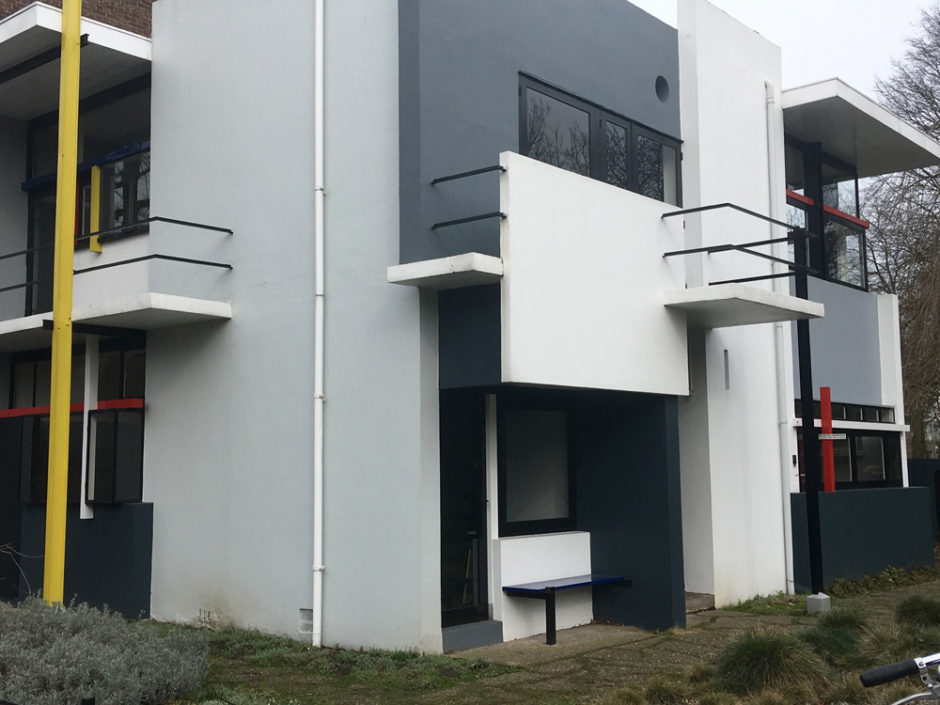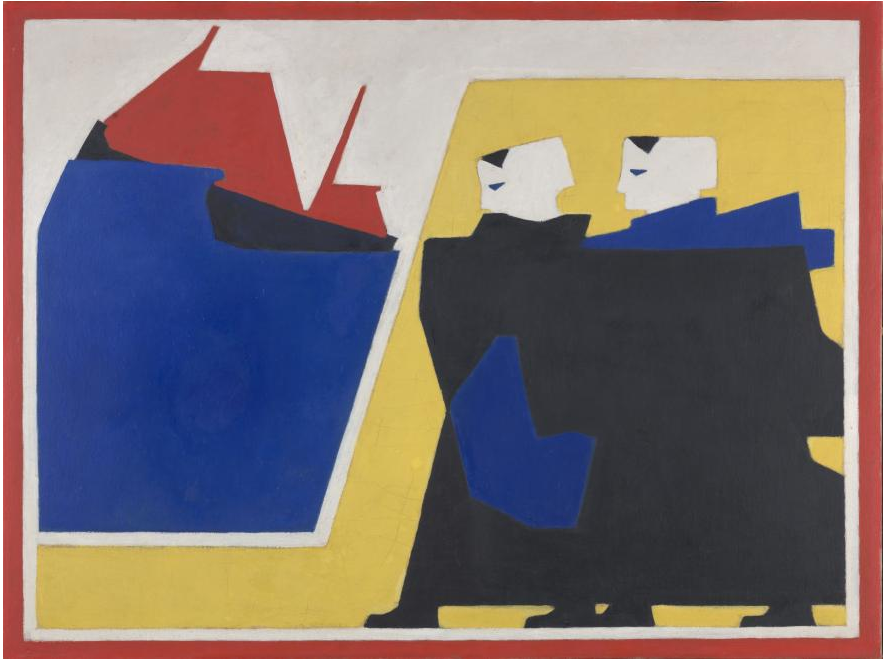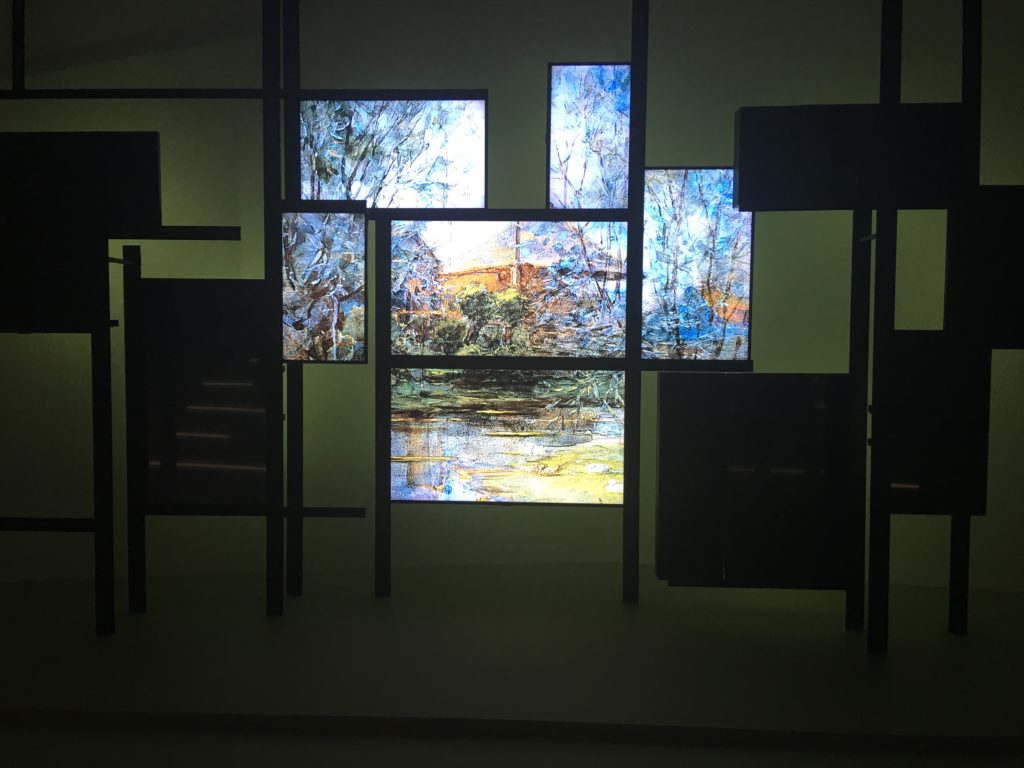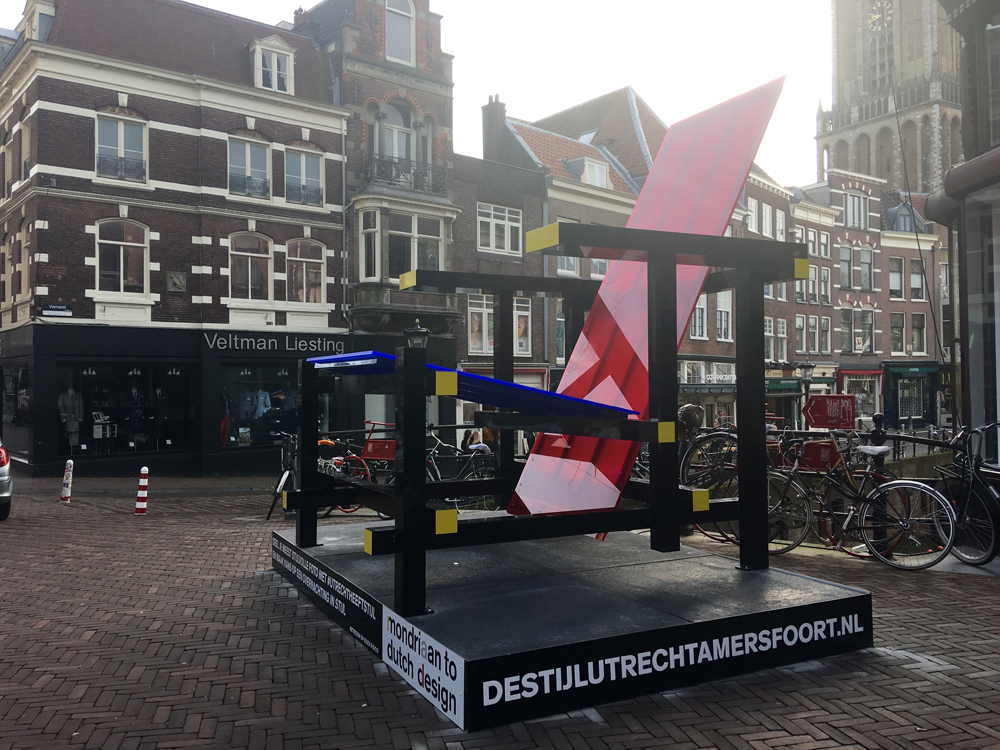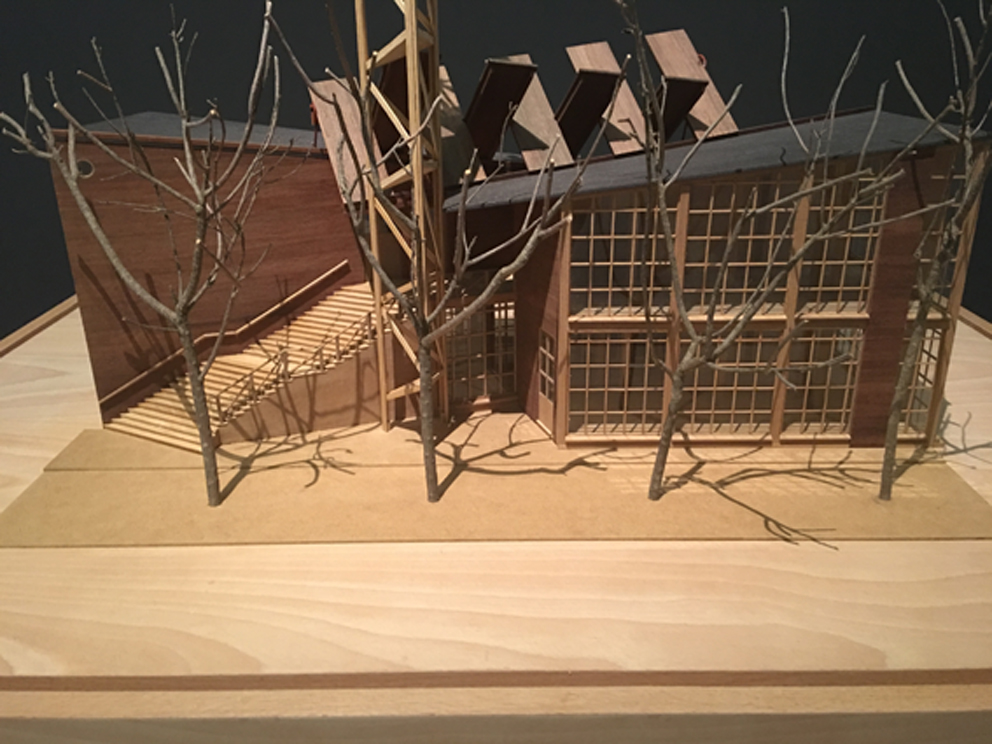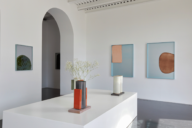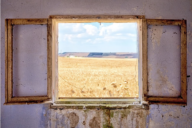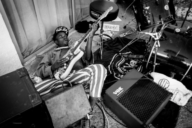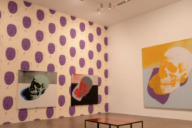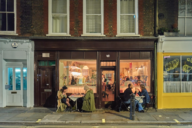2017 marks the centenary of the Dutch art and design movement known as ‘De Stijl’ (The Style). Even if you have never heard of De Stijl you will have felt its influence. De Stijl’s iconic red, yellow and blue palette is still in vogue. You see it in today’s fashion design, on packaging, in advertising and in music video clips (remember Michel Gondrys’ video for The White Stripes’ Fell in Lover With A Girl?).
THE HAGUE
The Netherlands marks the milestone with a year-long programme of events under the title Mondrian to Dutch Design; 100 years of De Stijl. As home to both of the world’s greatest Mondrian collection and of one of its major De Stijl collections, the Gemeentemuseum in the cosmopolitan city of The Hague is at the heart of the celebrations.
The Hague will be at the heart of the celebrations in 2017. The museum will be paying appropriate tribute to the group’s revolutionary achievements by hosting an impressive four separate exhibitions over the course of the year.
In the ongoing exhibition Piet Mondrian and Bart van der Leck : Inventing a New Art the Gemeentemuseum explores the friendship and reciprocal influence between the movement’s two foremost painters responsible for the distinctive signature style that has helped to shape the world we live in.
The two men had very different backgrounds. The son of a house painter, Van der Leck had worked since the age of 15 in various stained glass workshops in and around Utrecht before studying Decorative Arts in Amsterdam at the age of 23. Mondrian came from an artistic family and was taught that you have to learn the rules before you can break them; qualifying as a teacher before becoming an accomplished landscape painter at the National Academy in Amsterdam. Then in 1912, he moved to Paris and became enraptured by the Cubism movement spearheaded by Pablo Picasso and Georges Braque; changing his artistic direction radically by adopting abstractionism. In the summer of 1914, Mondrian returned to the Netherlands to visit his family. A week later, the First World War broke out. Unable to return to Paris, he settled in the artist’s colony of Laren. In April 1916, Van der Leck and his family also moved to Laren and from then on the two artists saw each other regularly. They recognised a common interest in exploring new avenues in art. Both were using geometrical shapes, flat planes of colour and a simplified colour palette. And both saw this new visual idiom as representing an inextinguishable belief in progress.
Mondrian was immediately excited by Van der Leck’s bold use of primary colours, while Van der Leck found inspiration in Mondrian’s quest for radical abstraction. Following Mondrian’s example, Van der Leck began calling his paintings ‘compositions’ and found the courage to abandon his figurative approach.
Like many artistic relationships (think Van Gogh and Paul Gauguin) the union between Mondrian and Van der Leck was tempestuous, brief, but intensely productive. They soon proved to have conflicting ideas about the use of their geometrical idiom with Van der Leck wanting to keep his compositions as open as possible and Mondrian using lines to link the various shapes together. Normal people don’t generally fall out over matters of geometry and composition but the artistic temperaments took root and in the summer of 1919, when Mondrian returned to Paris, all communication between the two erstwhile friends ceased.
Despite its brevity, the collaboration between Mondrian and Van der Leck was to be of inestimable value to the new art movement launched with Theo van Doesburg’s publication of his new De Stijl magazine in 1917. Their experiments with abstraction and colour paved the way for De Stijl and the invention of the now world-famous red, yellow and blue colour combination.
Piet Mondrian and Bart van der Leck: Inventing a New Art runs until May 21st at Gemeentemuseum Den Haag
The Discovery of Mondrian: Amsterdam | Paris | London | New York runs from June 3rd until September 24th 2017
Bringing the movement up-to-date curators Woes van Haaften and Roosje van Donselaar bring together a show in The Hague of contemporary makers as a fitting ode to Piet Mondrian and De Stijl during their IN STIJL exhibition (19-28 May).
AMERSFOORT
Over to Amersfoort for the recently reopened The Mondriaanhuis, after a year-long transformation to display a new exhibition at the artists’ birthplace. The World of Piet Mondrian displays a multi-visual and interactive experience of his life.
The Colours of De Stijl at Kunsthal KAde (6 May – 3 September) looks at the three primary colours of the movement; red, yellow and blue. The exhibition shows the connections of the colours to the present and how artists have continued to explore the autonomous power of colour decades later.
UTRECHT
In Utrecht the influence of the De Stijl movement is apparent across the city’s architecture and store frontages to this day. Walking and cycling tours take in the stunning UNESCO world heritage site of the Rietveld Schröder Huis. A tour of the house gives the story of the relationship of Dutch architect Gerrit Rietveld who built the house for Mrs. Truus Schröder-Schräder in a partnership of design-love and vision in 1924.
Rietveld’s Masterpiece; Long Live De Stijl! exhibition at Centraal Museum showcases the world’s largest collection of his furniture pieces and scale models as well as managing three of the houses he designed. The exhibition looks at his life in the 20’s and his relationship with other De Stijl members. (until 11th June)
For full listings of events visit destijl100.nl

